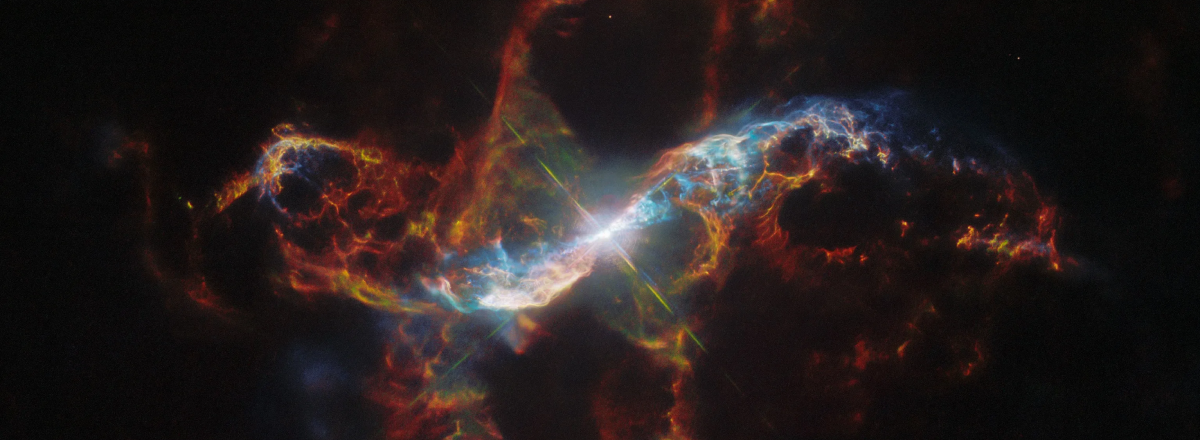Hubble Captures Explosive Star Duo in Mesmerizing Detail
The material from these stellar eruptions now extends roughly 248 billion miles from the central core, showcasing one of the most spectacular examples of symbiotic star interaction in our galaxy.

NASA’s Hubble Space Telescope has captured a breathtaking new look at the binary star system R Aquarii, a dramatic celestial pair located about 700 light-years away. Known for its volatile eruptions, R Aquarii consists of a red giant and a white dwarf locked in a cosmic dance that results in explosive outbursts resembling a “stellar volcano.” These powerful eruptions blast glowing gas filaments into space, creating a surreal spiral pattern resembling a "lawn sprinkler gone berserk."
The star system's activity unfolds as the white dwarf periodically siphons gas from the red giant, accumulating it until a sudden release triggers nuclear fusion on its surface. This causes geyser-like jets of plasma to shoot outward at over a million miles per hour, powered by strong magnetic fields that shape the outflows into stunning spirals visible in Hubble's timelapse.
The European Space Agency (ESA) and NASA compiled data from Hubble images taken between 2014 and 2023, highlighting the star's fluctuations in brightness and the intricate evolution of the surrounding nebula. The material from these stellar eruptions now extends roughly 248 billion miles from the central core, showcasing one of the most spectacular examples of symbiotic star interaction in our galaxy.

